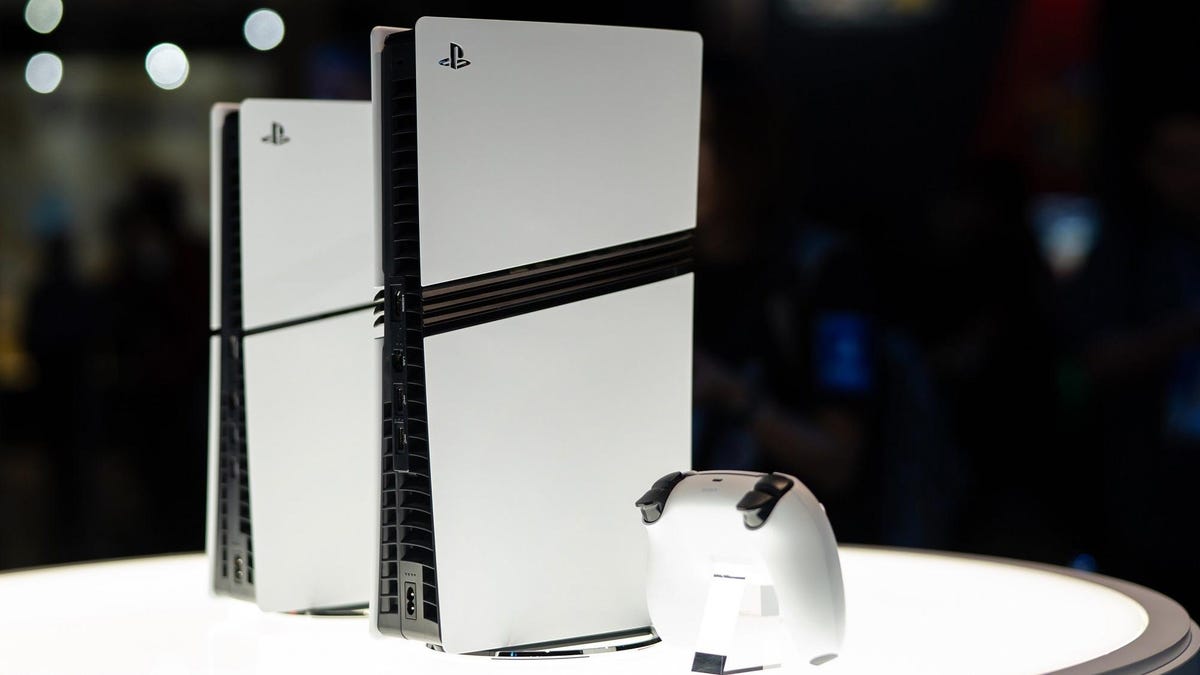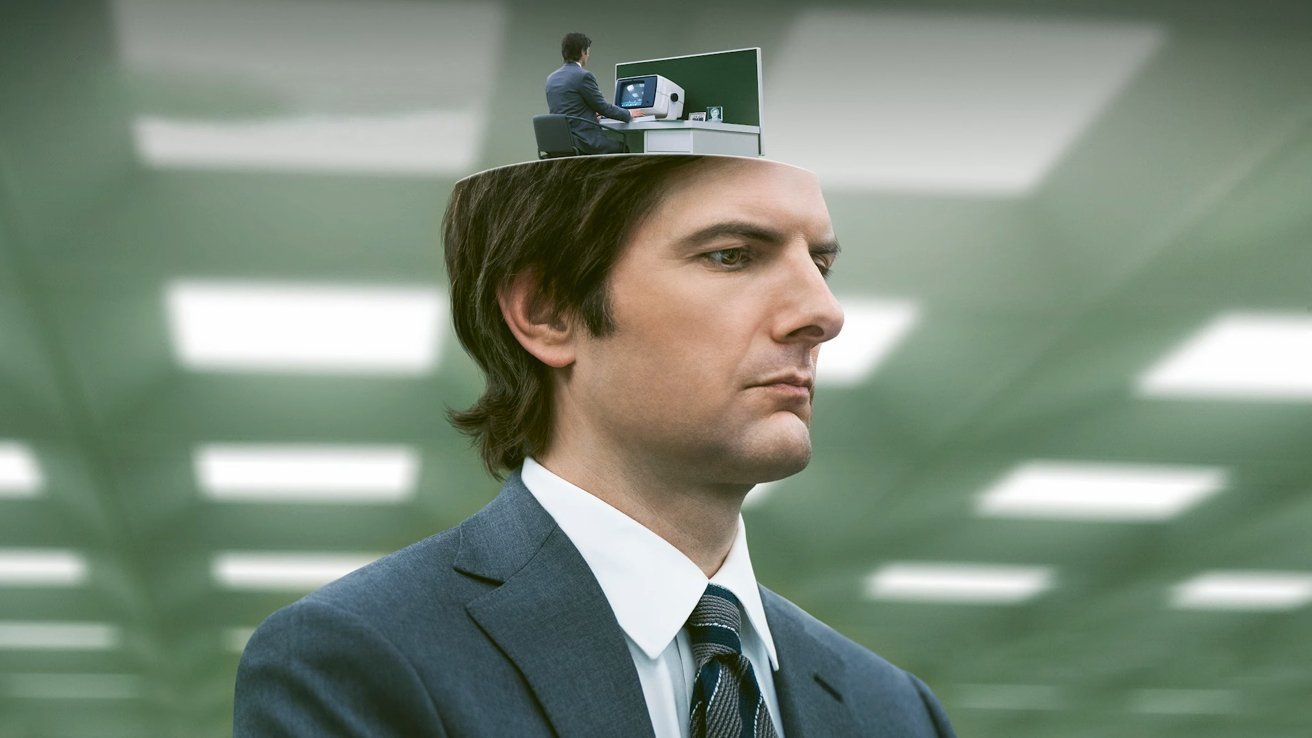Reviving a Piece of Arcade History: The Restoration of Galaxian 3

The video game industry experienced a seismic shift during the mid-1980s, primarily due to a catastrophic crash that saw arcades, once buzzing with players, decline sharply from their height of popularity. However, despite this significant downturn, the arcade gaming scene did not vanish completely. Remarkably, the industry saw a resurgence that thrived into the 1990s, marked by fierce competition among prominent companies such as Capcom, Midway, SEGA, and Konami. These enterprises vied for the quarters, francs, loonies, yen, and various currencies of players around the globe, showcasing their latest innovations and captivating games.
During this vibrant period, Namco, a key player in the gaming industry, embarked on an ambitious project to develop a groundbreaking arcade experience. Initially, the company conceptualized a colossal 28-player prototype shooter game, which would have been an unprecedented feat in arcade gaming. However, as development progressed, they scaled down their vision to a still-impressive six-player game that was ultimately released to the public. This game, known as Galaxian 3, is now the focus of a dedicated restoration effort led by [PhilWIP] and his team, who are committed to bringing one of the few remaining room-sized gaming experiences back to life.
Galaxian 3, particularly the upgraded version dubbed Attack of the Zolgear, is an expansive game that maintains its grandeur even today. In this game, six players sit side by side within an enclosed room, each equipped with their own controller, creating an immersive atmosphere reminiscent of the arcade's golden age. The game's display is powered by two projectors, and it employs a gauntlet of early-90s technology, including LaserDisc players, to deliver its gameplay. When [PhilWIP] first engaged with the machine, it was a positive sign that the game powered on; however, numerous issues had to be addressed before it could be played effectively.
One of the primary objectives of the restoration team is to preserve the game's legacy for future generations. This involves imaging the LaserDiscs to transfer the data onto modern storage solutions, a crucial step in ensuring that this piece of gaming history does not fade away. Additionally, the player input PCBs required repairs, and there were several complications with the projectors that needed resolution. After considerable effort, the team successfully managed to get the system functioning well enough for playtesting.
While [PhilWIP] and the restoration crew have achieved significant progress, they acknowledge that not all issues have been resolved. Their aspiration is to make subsequent visits that will further restore this nostalgic 90s novelty to its full working order. The restoration of Galaxian 3 highlights the broader trend of reviving unique hardware from this creative and experimental era of gaming, a phenomenon that has captured the interest of enthusiasts and historians alike. A few years ago, a similar restoration effort showcased an early 3D cabinet from the same epoch, emphasizing the importance of preserving these remarkable artifacts of gaming history.


























